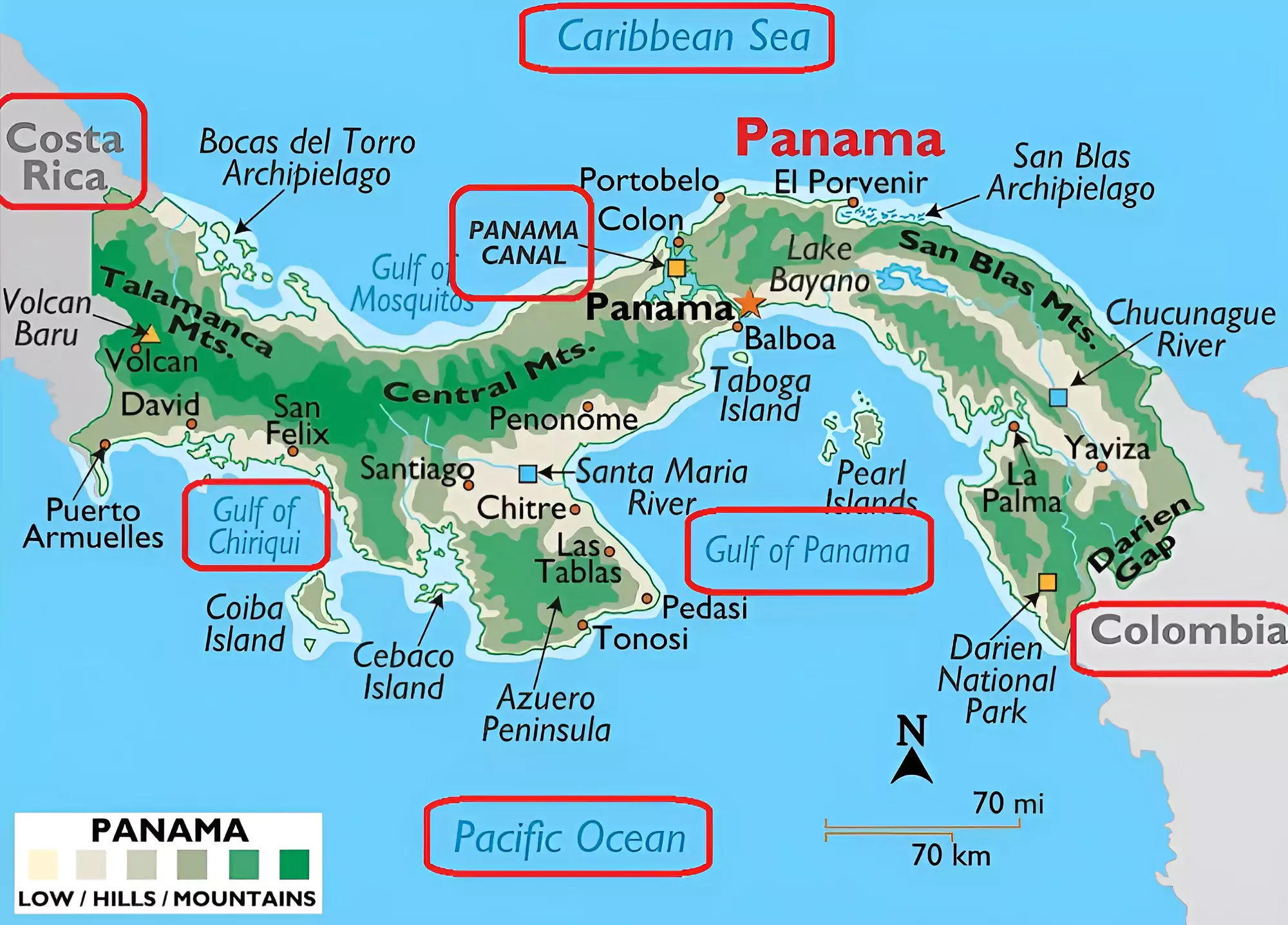
News Source: Mint
News Source: The Hindu
According to the Ministry of Corporate Affairs (MCA), the provision was announced in the Companies (Amendment) Bill, 2020, and came into effect on October 30, 2023.
Key Terms
|
|---|
Source: Indian Express
Small modular reactors (SMRs) are advanced nuclear reactors that have a power capacity of up to 300 MW(e) per unit, which is about one-third of the generating capacity of traditional nuclear power reactors. Small modular reactors, which can produce a large amount of low-carbon electricity, are:
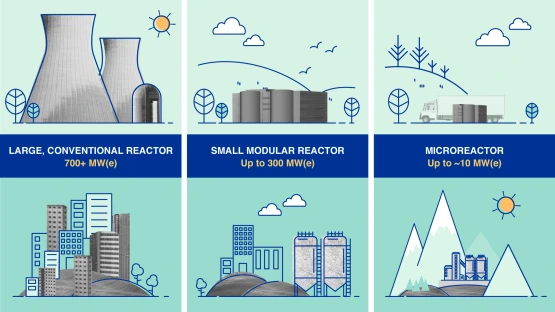
| Land-based water-cooled SMRs | This includes the water-cooled Small Modular Reactor designs having different configurations of Light Water Reactor (LWR) and Pressurized Heavy Water Reactor (PHWR) technologies for on-land applications. |
| Marine-based water-cooled SMRs | This includes the water-cooled Small modular reactor designs for deployment in a marine environment. This can be achieved by floating units installed on barges or ships.
|
| High-temperature gas-cooled SMRs (HTGRs) | This can provide very high-temperature heat of more than 7500C and thereby higher efficiency in electricity generation.
Application: Industry and Co-geneneration. |
| Liquid metal-cooled fast neutron spectrum SMRs (LMFRs) | This includes designs based on fast neutron technology with different coolant options including helium gas and liquid metal coolants like sodium, lead, and lead-bismuth. |
| Molten salt reactor SMRs (MSRs) | This is based on molten fluoride or chloride salt in the role of coolant. MSR designs for both thermal neutron and fast neutron spectrums are under development. These technologies can sustain long fuel cycles of several years, and have an option for online refueling in which fresh fuel can be introduced in molten form, and cleaning of fission products can also be performed online. |
| Microreactors (MRs) | MRs are very small SMRs designed to generate electrical power typically up to 10 MW(e). Different types of coolants, including light water, helium, molten salt, and liquid metal are adopted by microreactors. |
Advantages of SMRs: Many of the benefits of Small modular reactors (SMRs) are inherently linked to the nature of their design – small and modular.
Source: Live Mint
According to the report’s findings, over 3,000 bank accounts and informal value transfer systems were used by the Popular Front of India (PFI).
“The possibility of quickly and easily reaching a global audience can make crowdfunding an attractive method of fundraising for Terror Financing”.
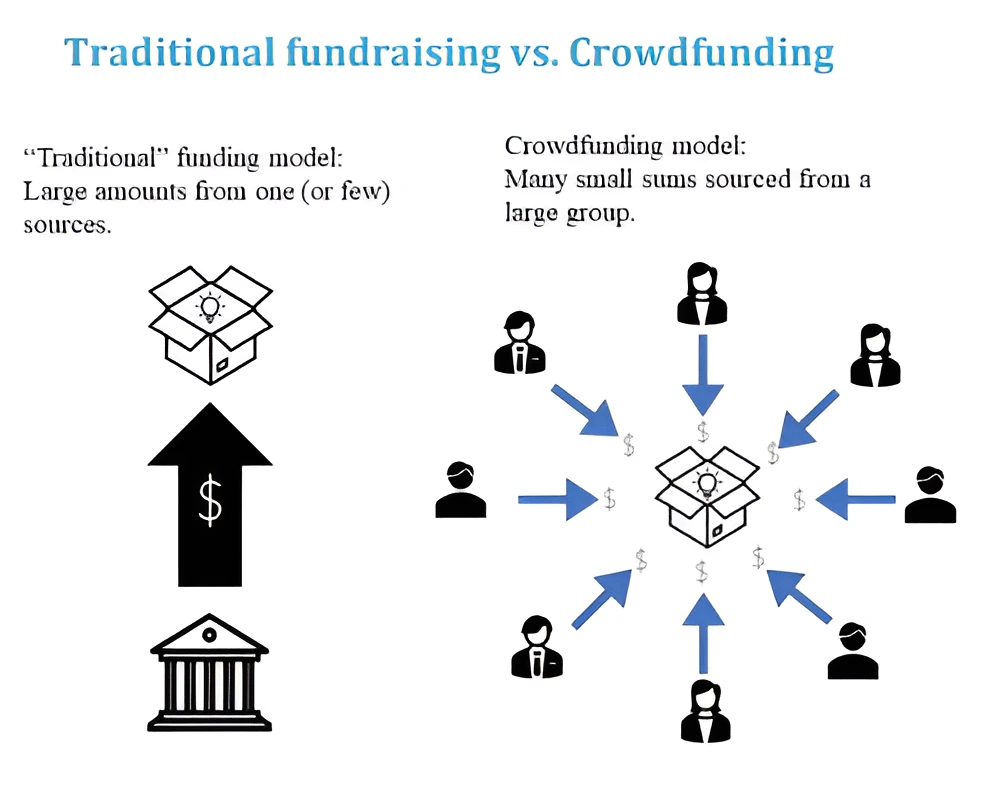
About Financial Action Task Force:
|
|---|
About Popular Front of India(PFI):
|
|---|
Source: Indian Express
The framework Proposed that the insolvency provisions would be applied only on such real estate projects where default has occurred.
The Insolvency and Bankruptcy Code, 2016
|
|---|
Source: Live Mint
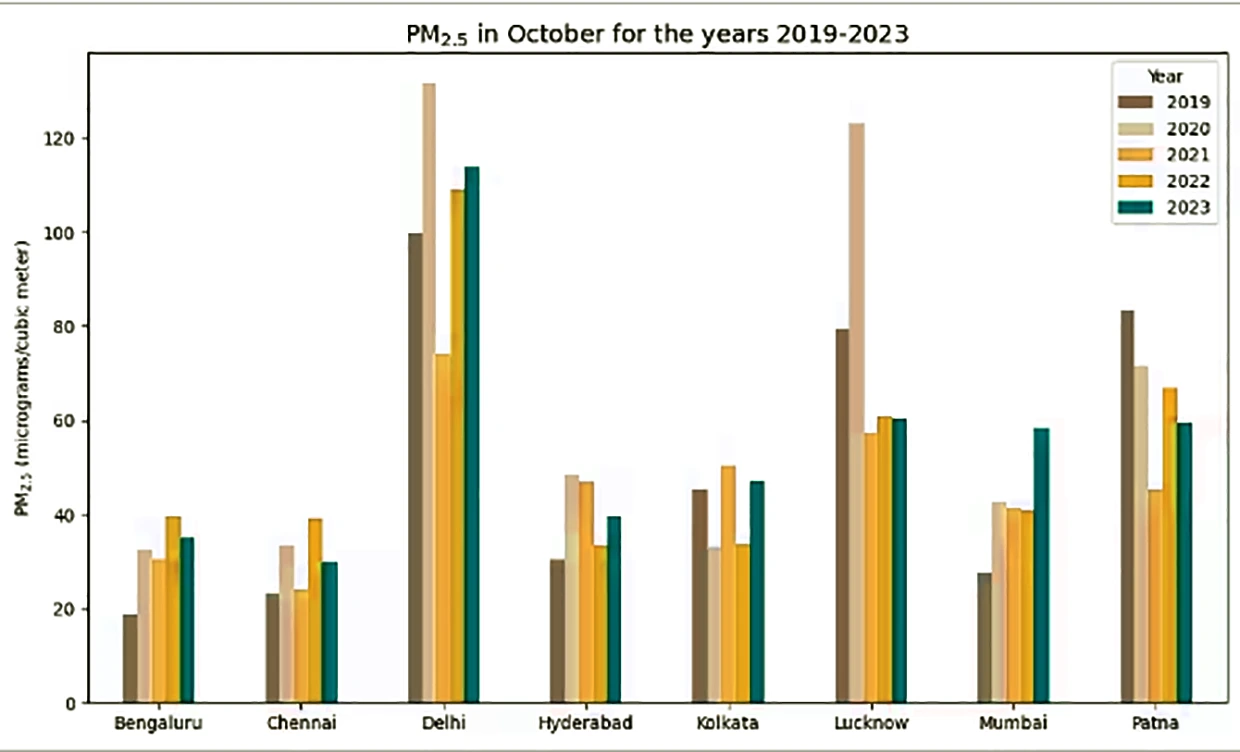
Also Read: Mumbai Air Pollution
About Particulate Matter (PM) 2.5:
Air Quality Index (AQI): It is a tool for effective communication of air quality status to people in terms that are easy to understand.
|
|---|
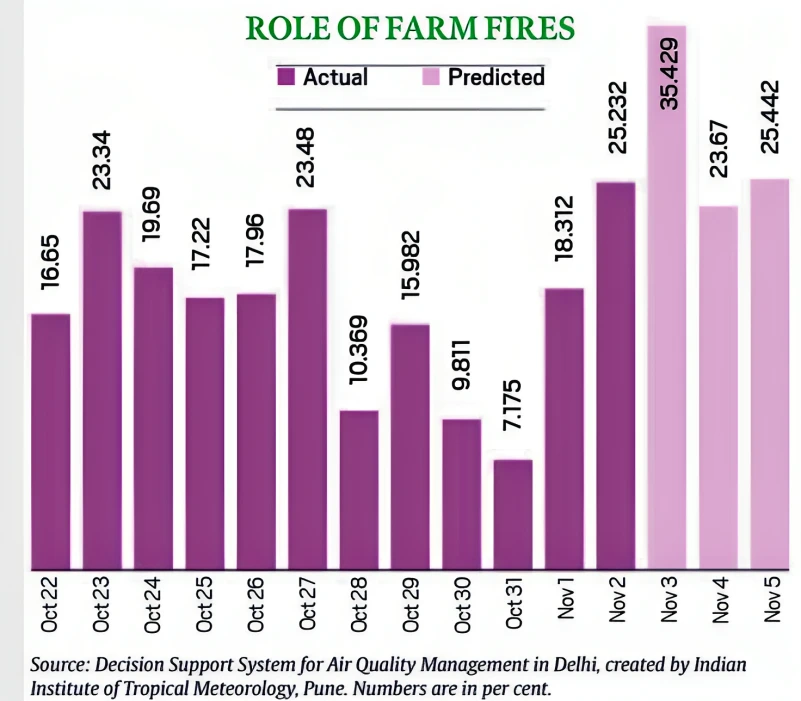
What are the sources of air pollution in Delhi?
Pollutants that are monitored for air quality:
|
|---|
Graded Response Action Plan (GRAP):
Stages in GRAP:
Stage 3 of the Graded Response Action Plan (GRAP):
|
|---|
Graded response plan: The Commission for Air Quality Management (CAQM) has announced the implementation of the third stage of its graded response plan. The CAQM directed authorities in the NCR to increase parking fees to discourage private transport and enhance the services of CNG or electric buses and metro trains amid a likely increase in pollution levels.
Supreme Court interventions to tackle air pollution in Delhi
|
|---|
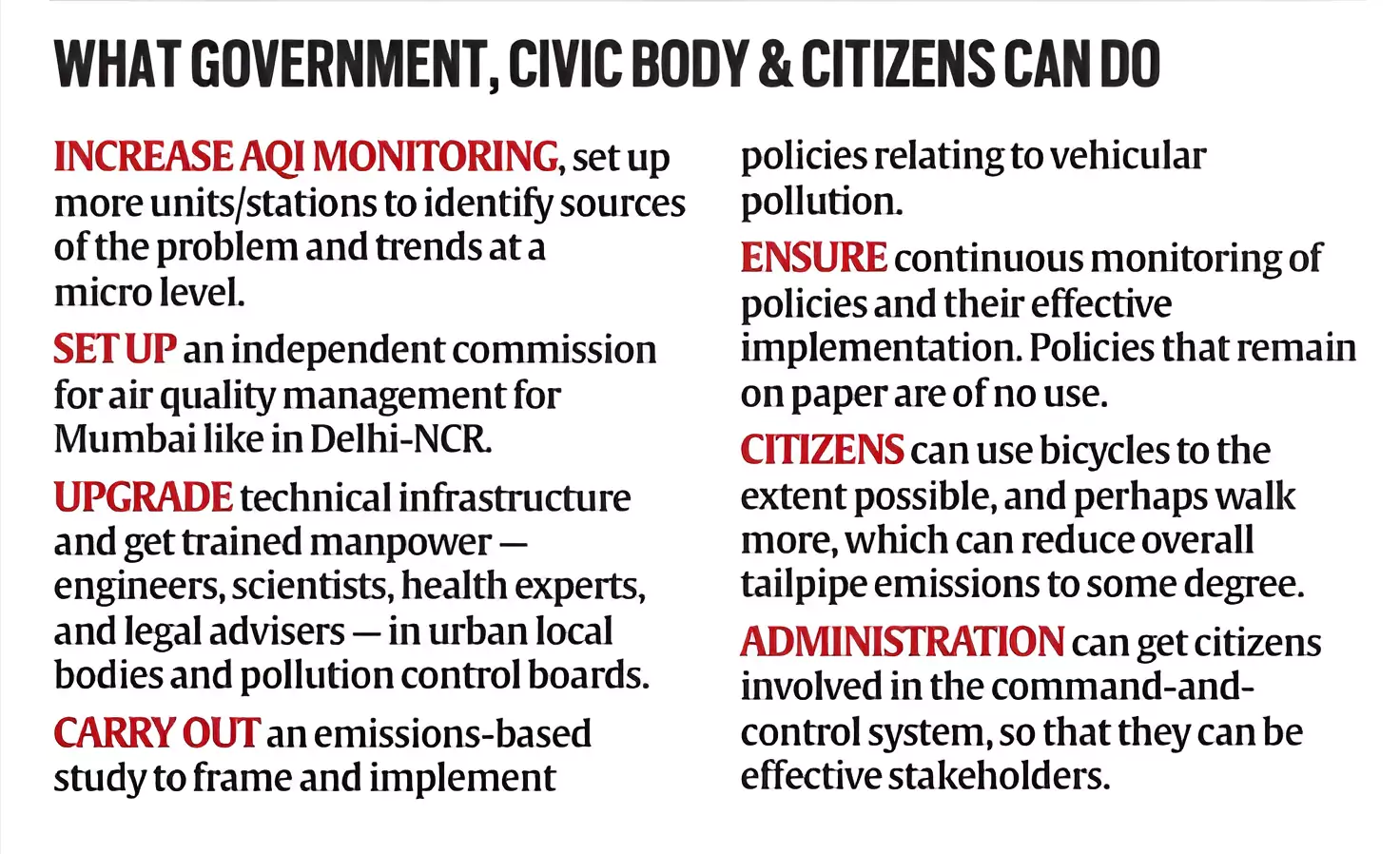
The recent air quality study highlights the alarming escalation of air pollution in Delhi, with severe health, economic, and environmental implications, underscoring the urgent need for comprehensive and sustained measures to address the multifaceted sources of pollution in the region.
| Prelims Question (2016)
In the cities of our country, which among the following atmospheric gases are normally considered in calculating the value of Air Quality Index? 1. Carbon dioxide 2. Carbon monoxide 3. Nitrogen dioxide 4. Sulfur dioxide 5. Methane Select the correct answer using the code given below. (a) 1, 2 and 3 only (b) 2, 3 and 4 only (c) 1, 4 and 5 only (d) 1, 2, 3, 4 and 5 Ans: (b) |
|---|
Women Participation in Agniveer Scheme:
Know more about the Agnipath Defence Policy Reforms |
|---|
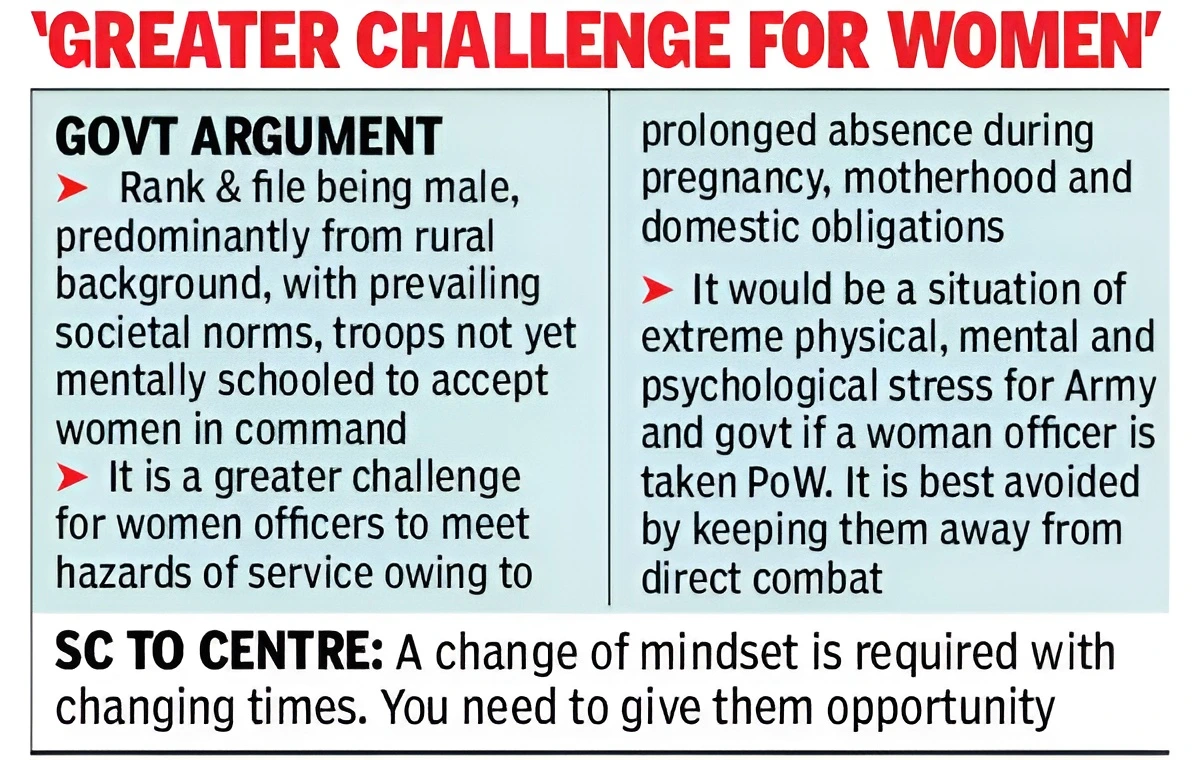
Women in Peacekeeping Missions: The United Nations Security Council Resolution 1325, adopted in October 2000, reaffirmed “the important role of women in the prevention and resolution of conflicts and in peace-building.
What are the challenges for women in armed forces?
Physiological and Family Challenges for Women in Armed Forces
|
|---|
| Warrior Culture means to protect a particular culture or set of values that they think is under threat. |
|---|
Prominent Women in Armed Forces
Status of Women Armed Forces in Other Countries:
|
|---|
Also Read: A Call for Comprehensive Police Reforms with a Focus on Women Police
The journey toward gender equality in the Indian Armed Forces faces challenges, as highlighted by the recent Supreme Court directive, necessitating a comprehensive and gradual approach to policy reform, cultural change, and the recognition of women’s contributions.”
| Mains Question: “To awaken the people, it is the women who must be awakened. Once she is on the move, the family moves, the village moves, the nation moves.”- Jawaharlal Nehru. |
|---|
<div class="new-fform">
</div>